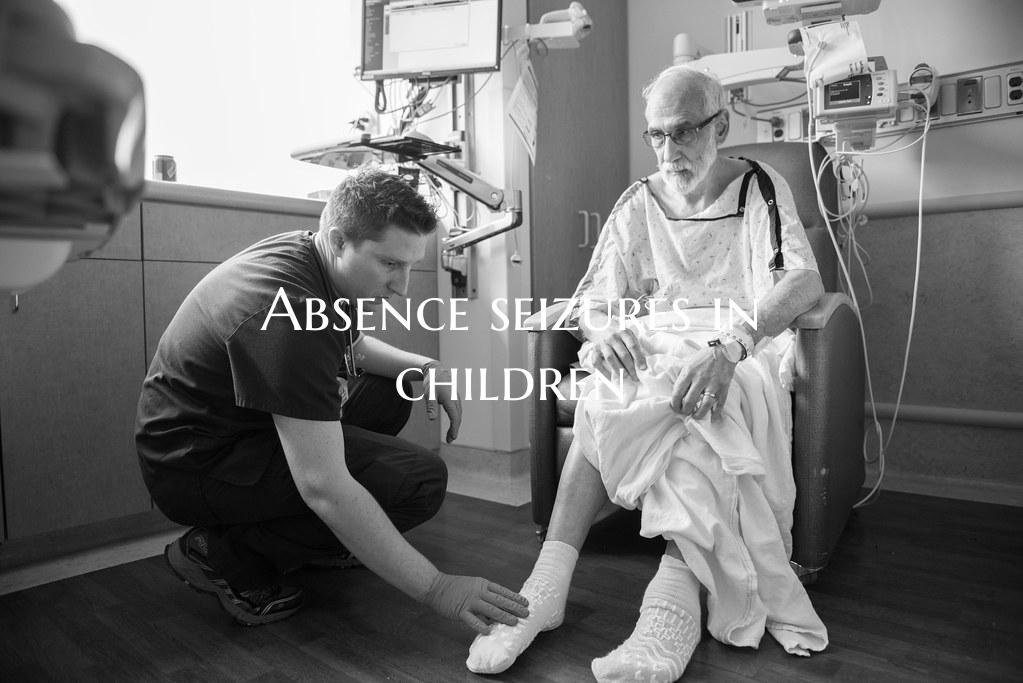
Absence seizures in children
Absence seizures, also known as petit mal seizures, are a type of seizure disorder that commonly affects children. These seizures are characterized by a brief period of altered awareness or consciousness, often mistaken for daydreaming or inattentiveness. Although absence seizures are typically considered less severe than other forms of seizures, they can still have a significant impact on a child's daily life and development.
Symptoms of absence seizures may include:
1. Brief episodes of staring blankly 2. Momentary loss of response 3. Lip-smacking or repetitive movements 4. Fluttering eyelids 5. Automatic movements such as hand rubbing or picking at clothes
It is important for parents and caregivers to recognize these symptoms and seek medical attention for a proper diagnosis. A pediatrician or a neurologist may conduct a physical exam, neurological evaluation, and may order an electroencephalogram (EEG) to confirm the presence of absence seizures.
Treatment for absence seizures in children may involve antiepileptic medications such as ethosuximide, valproic acid, or lamotrigine to help control the frequency and intensity of seizures. It is crucial for parents to work closely with healthcare providers to find the most effective treatment plan for their child.
In addition to medication, lifestyle modifications can also play a significant role in managing absence seizures. Ensuring that the child gets enough sleep, eats a well-balanced diet, and avoids triggers such as flickering lights or certain foods may help in reducing the frequency of seizures.
While absence seizures can be challenging for children and their families, with proper management and support, many children with this condition are able to lead normal and fulfilling lives. It is important for parents to educate themselves about absence seizures, seek appropriate medical care, and provide a supportive environment for their child to thrive.